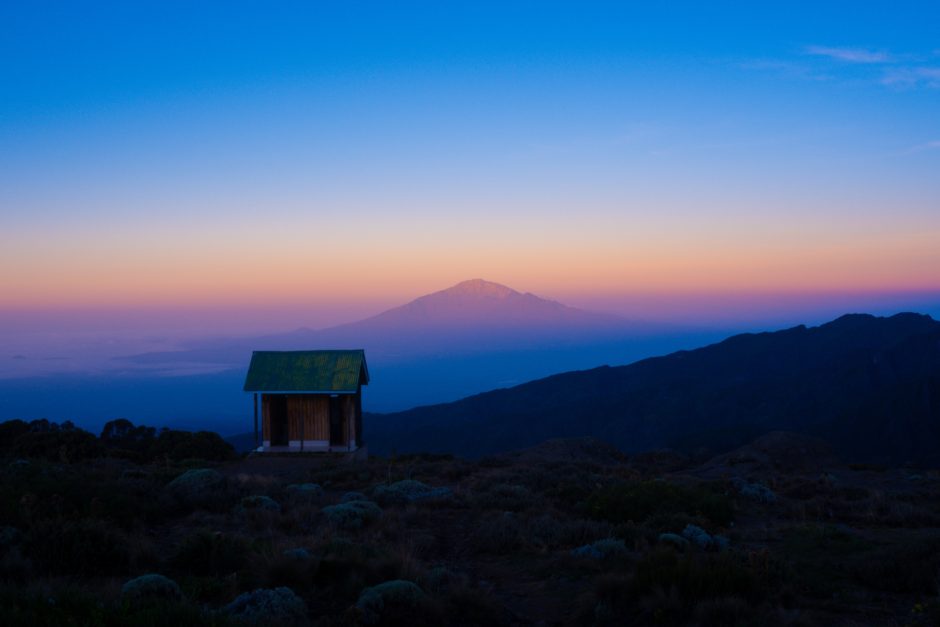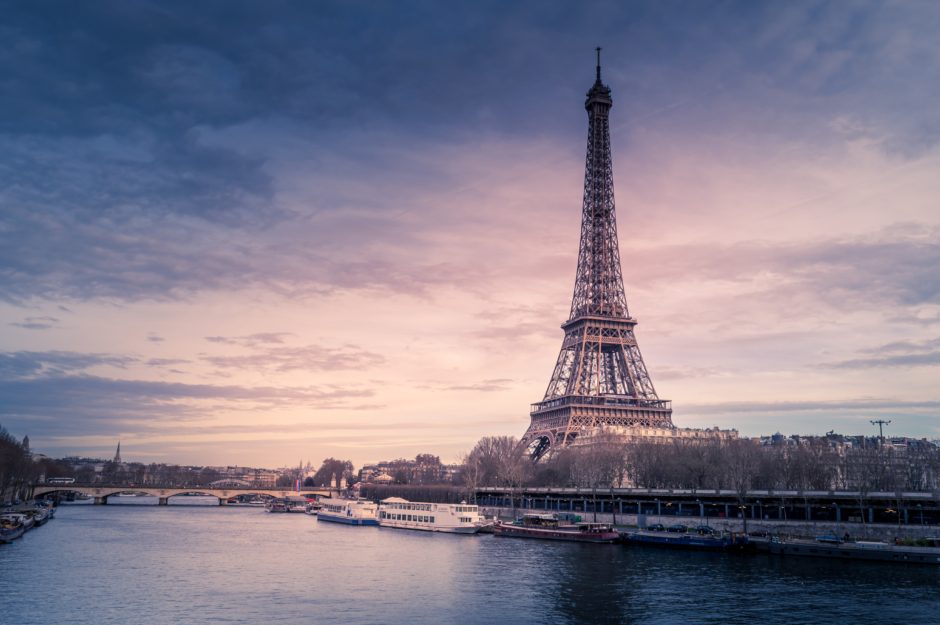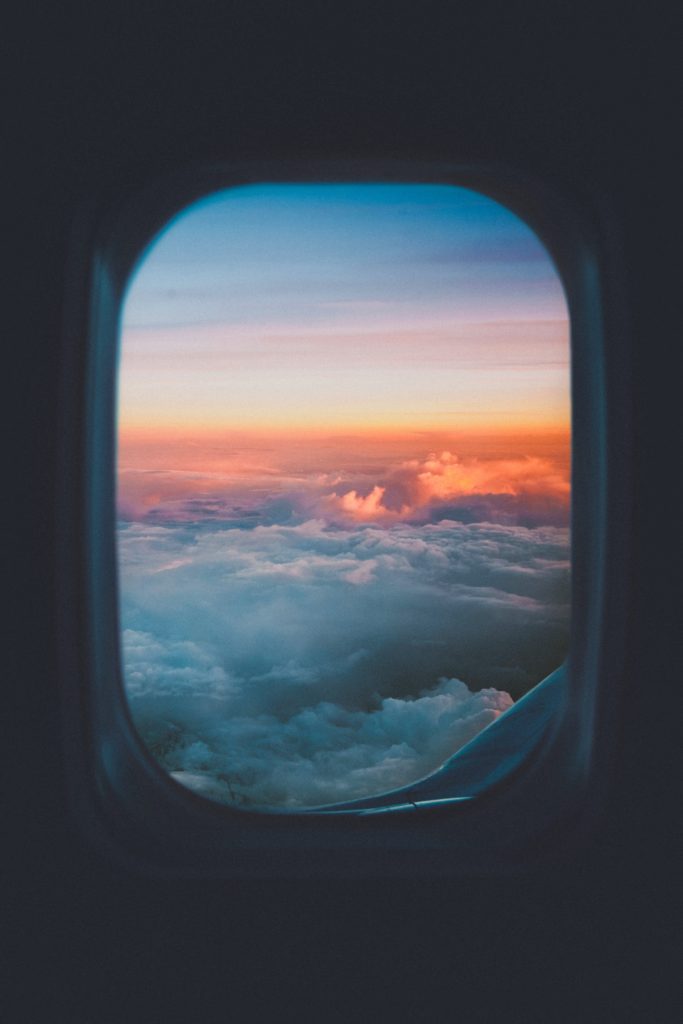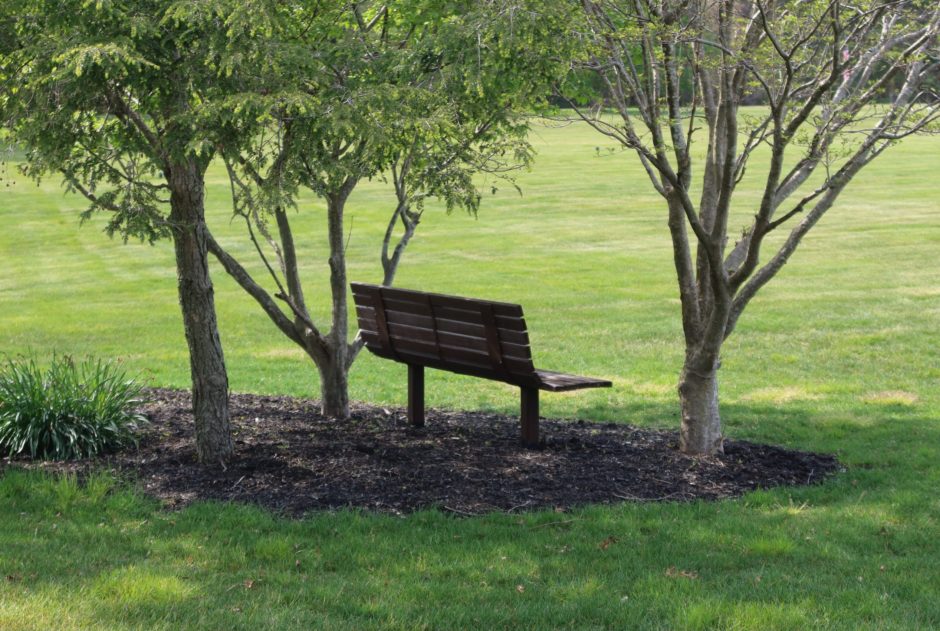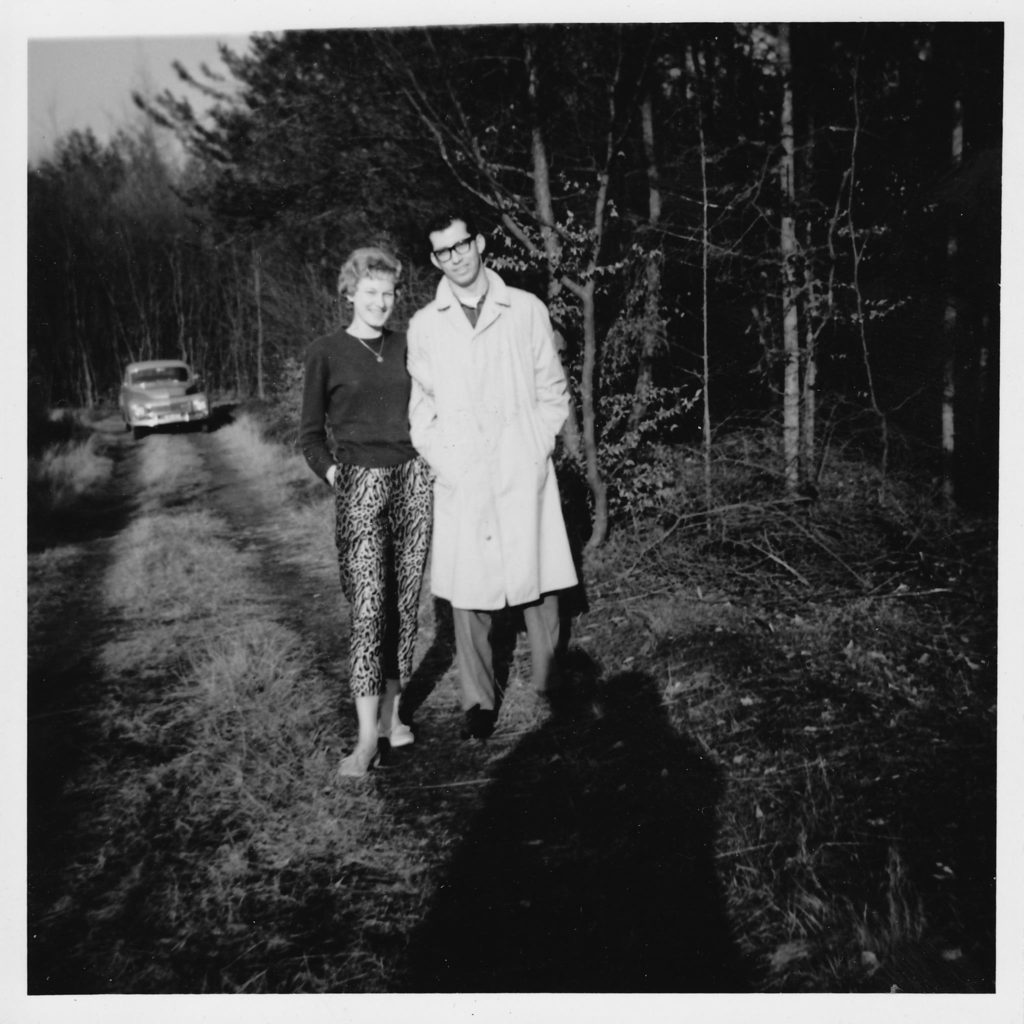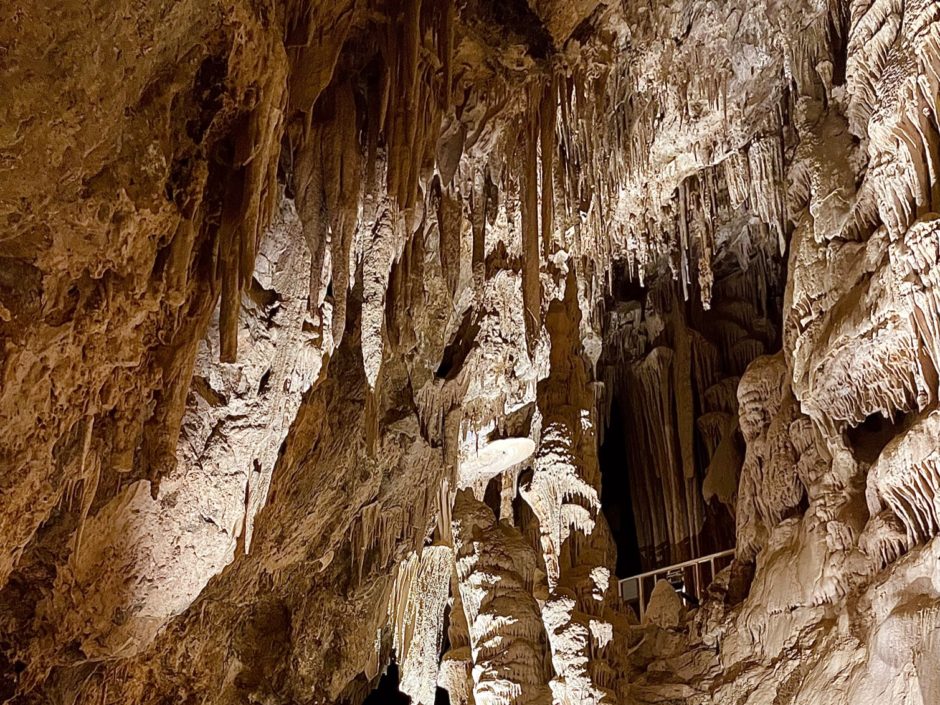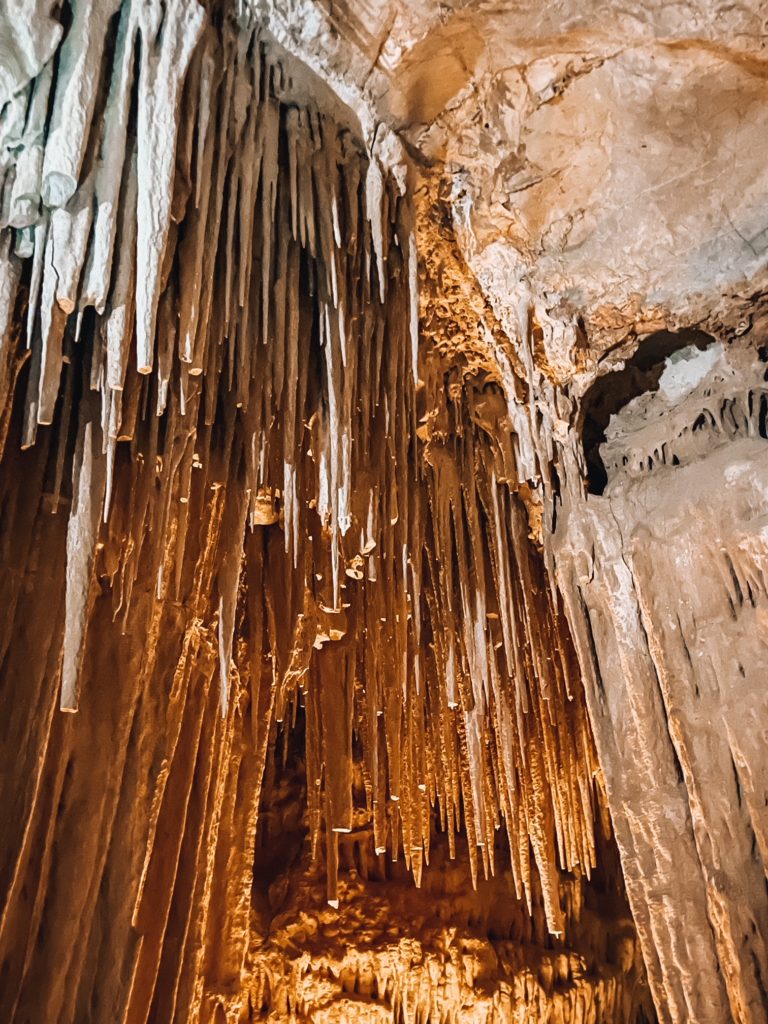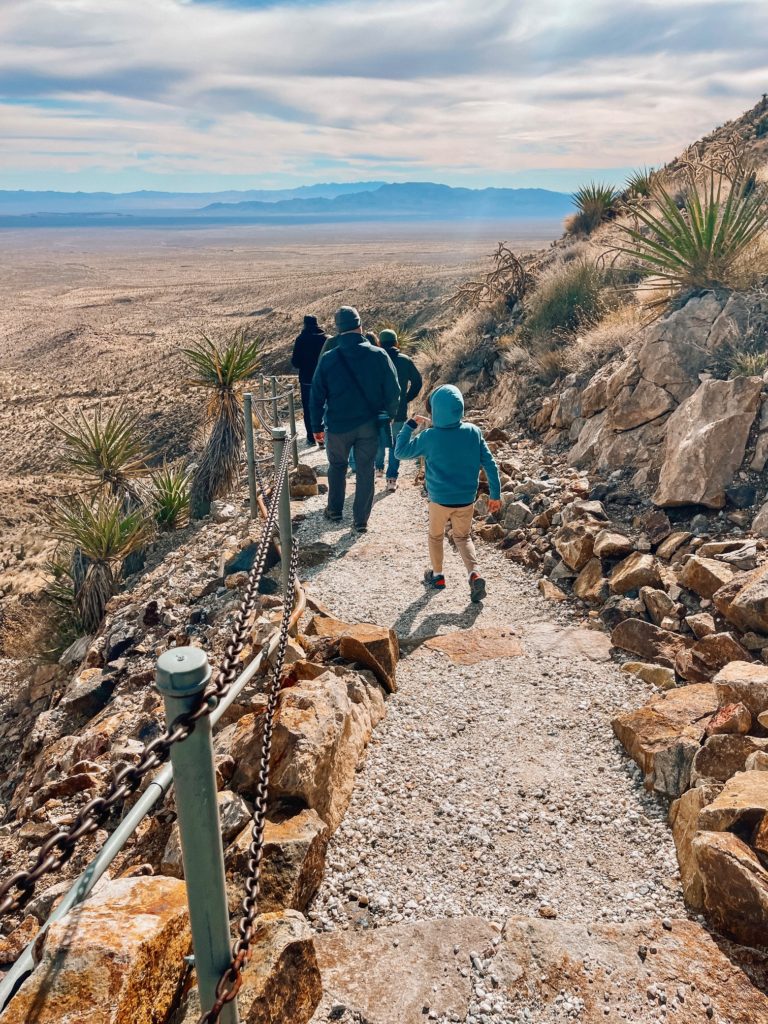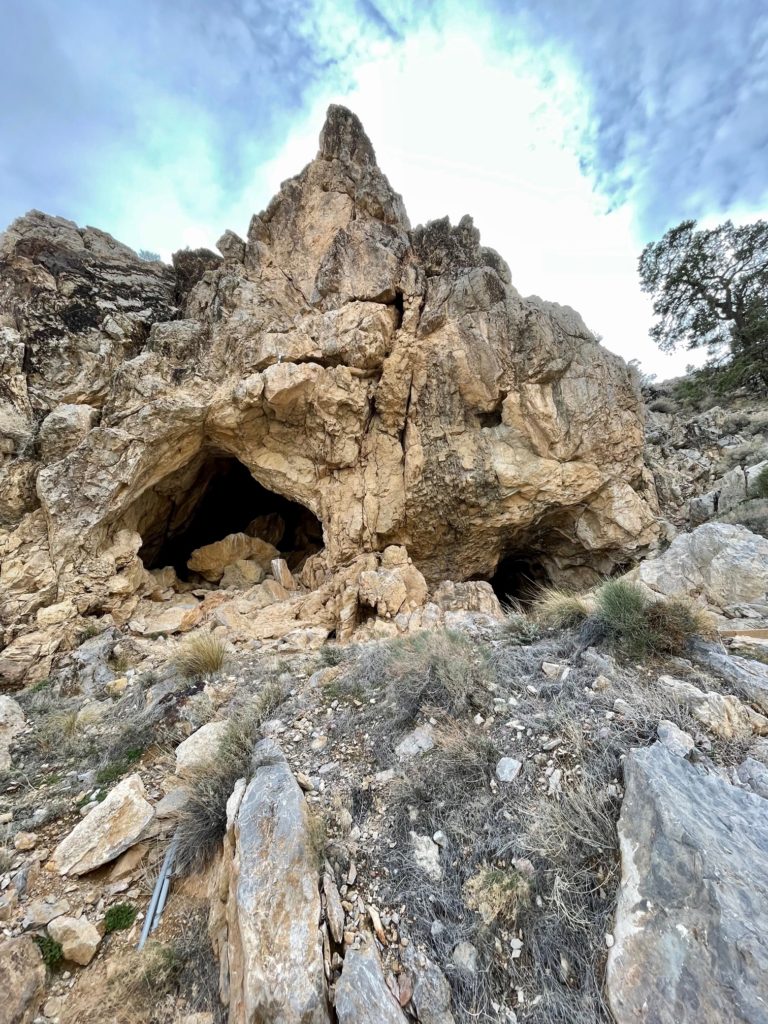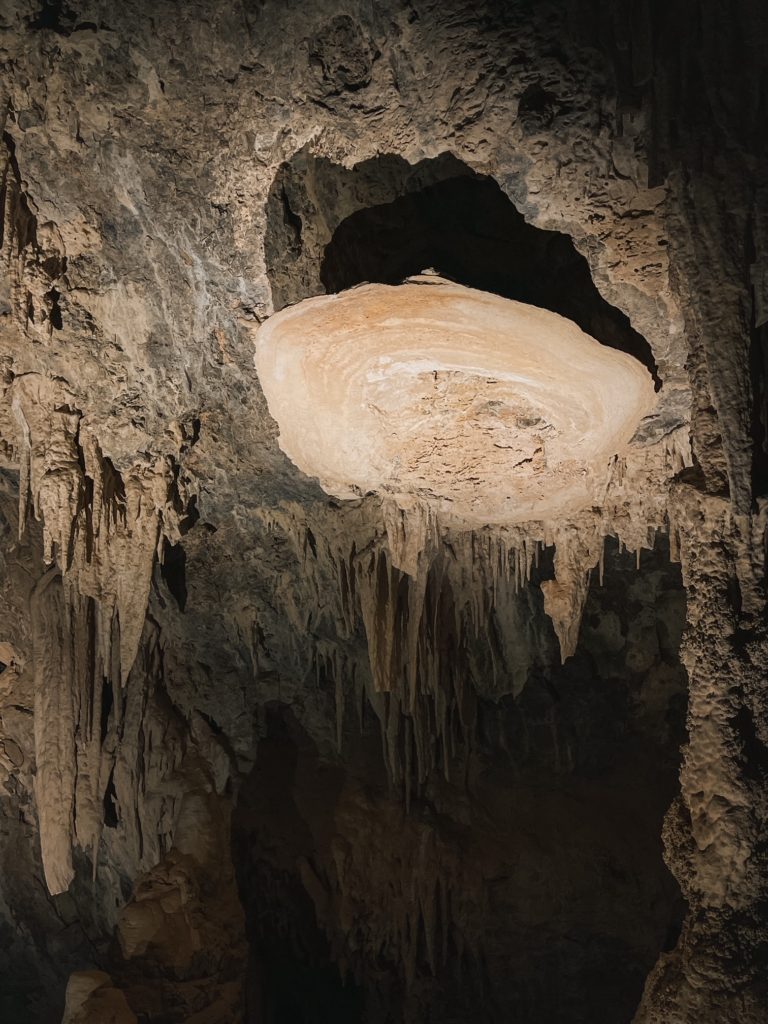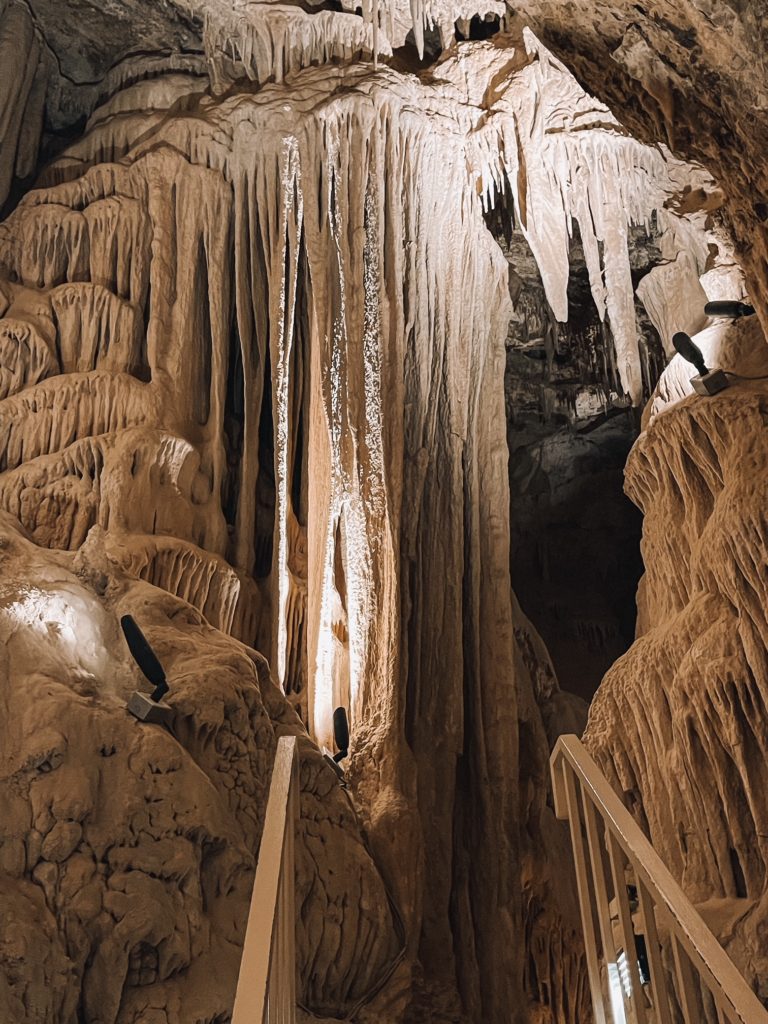I’m just about a month away from climbing Mount Kilimanjaro, and everything is starting to feel very real. I’ve been doing a lot of training hikes and testing out all my gear, and one corner of my bedroom looks like I’ve robbed an REI. It’s just a big pile of base layers, gaiters, gloves, Nalgene bottles, a portable urinal…
Yeah, I’ll probably post more about that last thing at some point.
But I also have very thick, knee-high socks that I’m packing especially for summit night. Since these socks have a yeti on them, somehow I started thinking of myself as The Sweaty Yeti.
While I know there aren’t any yeti stories associated with this mountain — not even close — it makes me feel stronger and cold-weather resilient to imagine myself as part-Yeti. (Sweaty is a given.)
I’ve also been looking over the schedule and poring over maps. By law, every hiker on Kili must go with a guide, so I’ve signed up to do a group hike with a local Tanzanian company. (And a couple of my friends will be joining in too!)
We’ll be taking the Machame route. It looks like this:
DAY 1: Machame Gate to Machame Camp
Elevation: 5,380 ft. to 9,350 ft.
Distance: 11 km/7 miles
Hiking Time: 5-7 hours
Habitat: Rain Forest
We begin in the village of Machame which is located on the lower slopes of the mountain. As we leave the park gate, we will walk through dense rain forest on a winding trail up a ridge until we reach Machame Camp, where we will stay overnight.
DAY 2: Machame Camp to Shira 2 Camp
Elevation: 9,350 ft. to 12,500 ft.
Distance: 5 km/3 miles
Hiking Time: 4-6 hours
Habitat: Heath
Leaving the glades of the rain forest, we’ll continue on an ascending path up to a steep, rocky ridge. On the Shira Plateau, we’ll pass through heather and open moorlands, then cross a large river gorge to Shira 2 Camp and stay overnight.
DAY 3: Shira 2 Camp to Barranco Camp
This day is divided into two parts:
Shira 2 Camp to Lava Tower
Elevation: 12,500 ft. to 15,190 ft.
Distance: 7 km/4 miles
Hiking Time: 4-5 hours
Habitat: Alpine Desert
Lava Tower to Barranco Camp
Elevation: 15,190 ft. to 13,044 ft.
Distance: 3 km/2 miles
Hiking Time: 2-3 hours
Habitat: Alpine Desert
We’ll continue to the east along a ridge and then head southeast towards the Lava Tower – a 300 ft. tall volcanic rock formation. Then we’ll descend down to Barranco Camp through the strange but beautiful Senecio Forest to an altitude of 13,000 ft. Although we’ll begin and end the day at the same elevation, the time spent at higher altitude is beneficial for acclimatization.
DAY 4: Barranco Camp to Karanga Camp
Elevation: 13,044 ft. to 13,106 ft.
Distance: 5 km/3 miles
Hiking Time: 4-5 hours
Habitat: Alpine Desert
We’ll begin the day by descending into a ravine to the base of the Great Barranco Wall. Then we climb the non-technical but steep, 900-foot cliff. From the top of the Barranco Wall we’ll cross a series of hills and valleys before descending sharply into Karanga Valley. One steeper climb up will lead us to Karanga Camp. This is a shorter day meant for acclimatization.
DAY 5: Karanga Camp to Barafu Camp
Elevation: 13,106 ft. to 15,331 ft.
Distance: 4 km/2 miles
Hiking Time: 4-5 hours
Habitat: Alpine Desert
We’ll leave Karanga and hit the junction that connects with the Mweka Trail. We’ll continue up to the rocky section to Barafu Hut. At this point, hikers will have completed the Southern Circuit, which offers views of the summit from many different angles. Here we’ll make camp, rest and enjoy an early dinner to prepare for summit day.
DAY 6: SUMMIT DAY
Another day divided into two parts, and IT’S A DOOZY.
Barafu Camp to Uhuru Peak
Elevation: 15,331 ft. to 19,341 ft.
Distance: 5 km/3 miles
Hiking Time: 7-8 hours
Habitat: Arctic
Uhuru Peak to Mweka Camp
Elevation: 19,341 ft. to 10,065 ft.
Distance: 12km/7 miles
Hiking Time: 4-6 hours
Habitat: Rain Forest
Around midnight, we’ll begin our push to the summit.
This is the most mentally and physically challenging portion of the trek. The wind and cold at this elevation and time of day can be extreme, and we’ll ascend in the darkness for several hours. Near Stella
Point (18,900 ft.), hopefully the sun will come up and reward us with a magnificent sunrise over Mawenzi Peak.
Finally, we’ll arrive at Uhuru Peak, the highest point on Mount Kilimanjaro and the continent of Africa.
From the summit, we’ll make our descent continuing straight down to the Mweka Hut camp site, stopping at Barafu for lunch. The trail is very rocky and steep. Many have said this is actually the worst part of the hike, due to the strenuous, rocky descent that can be hard to the joints, combined with physical fatigue from hiking throughout the previous night.
DAY 7: Mweka Camp to Mweka Gate
Elevation: 10,065 ft. to 5,380 ft.
Distance: 10km/6 miles
Hiking Time: 3-4 hours
Habitat: Rain Forest
On our last day, we’ll continue the descent to Mweka Gate and collect summit certificates. From the gate, we continue another hour to Mweka Village. A vehicle will meet us at Mweka Village to drive us back to Moshi.

